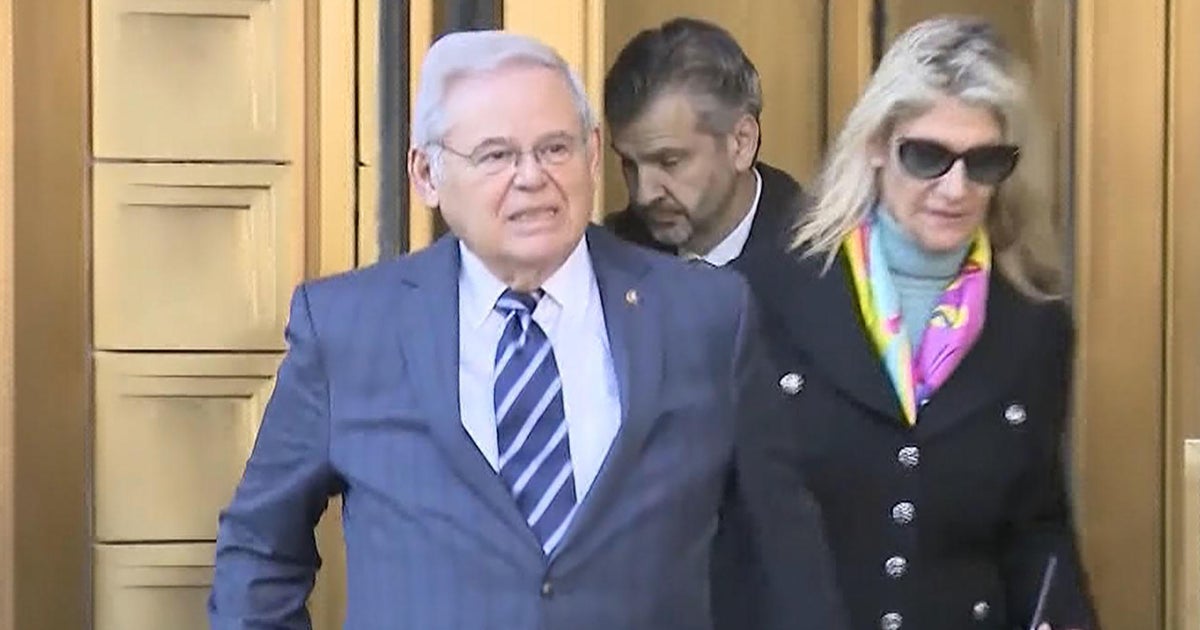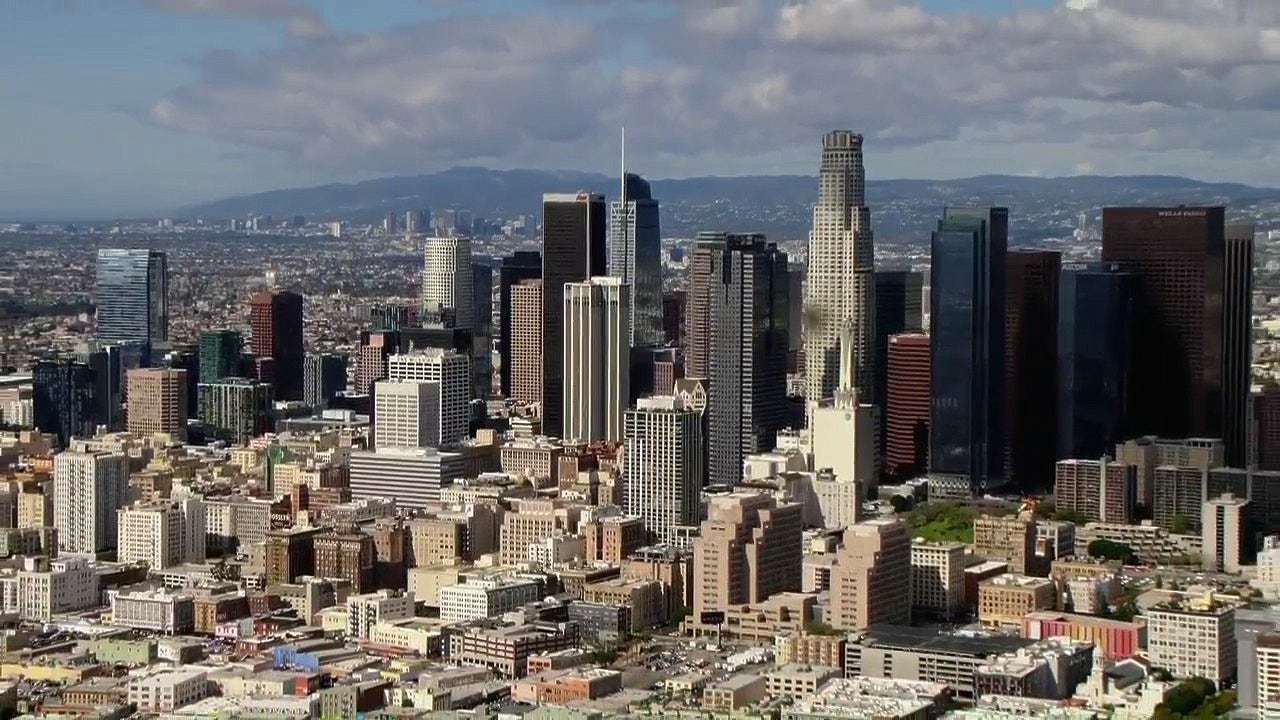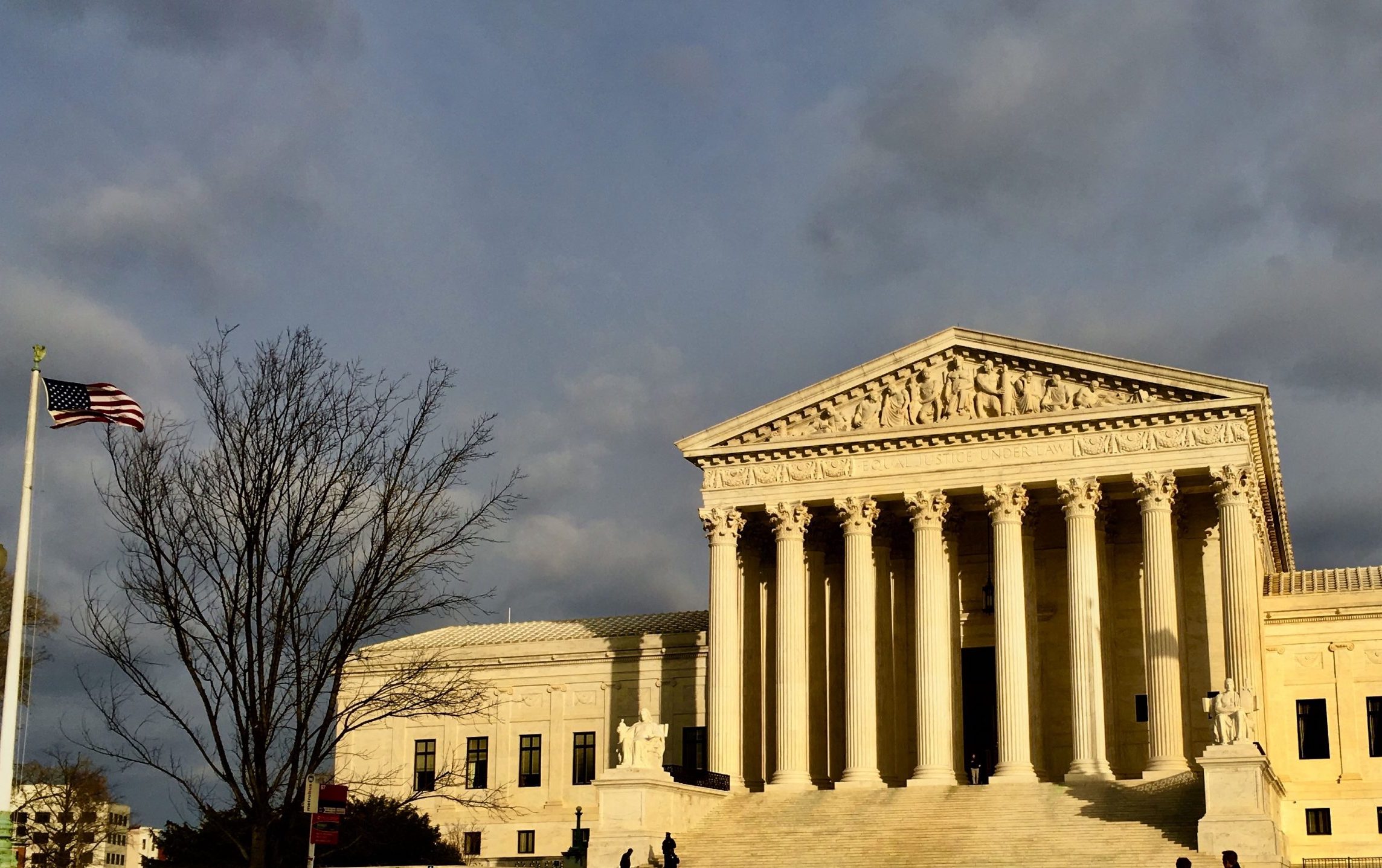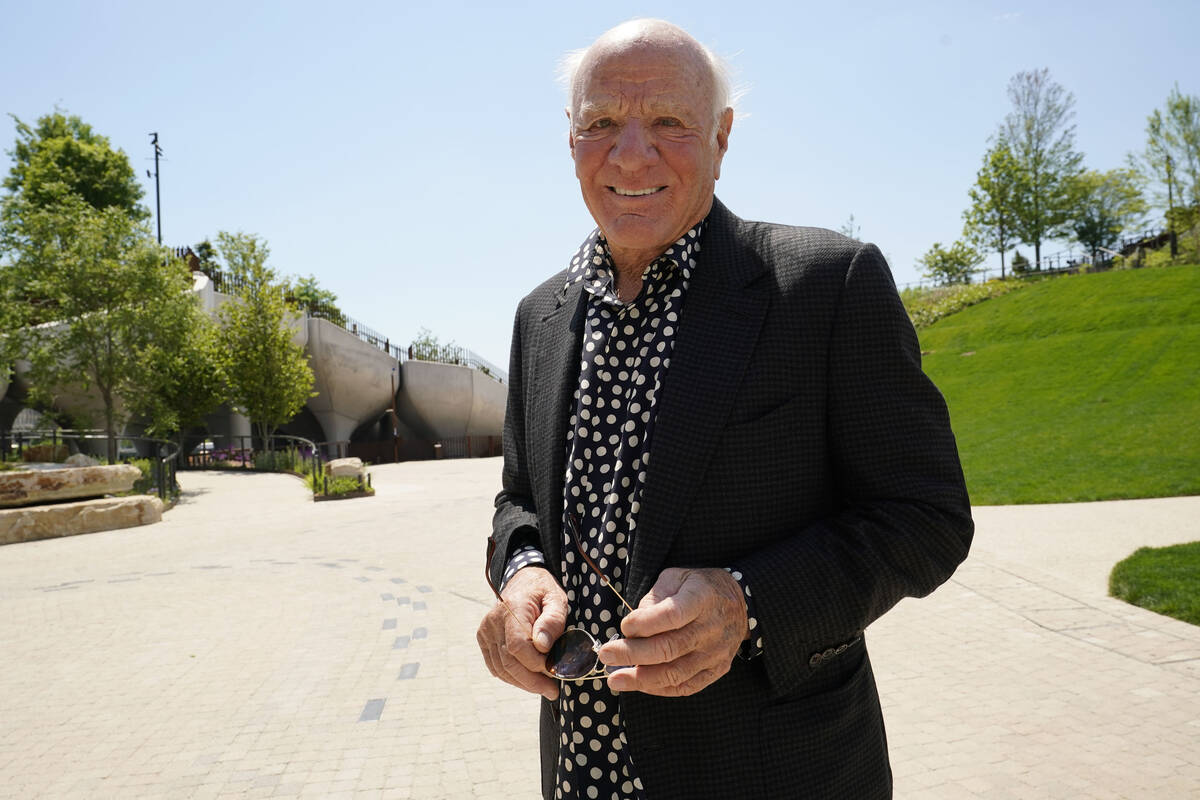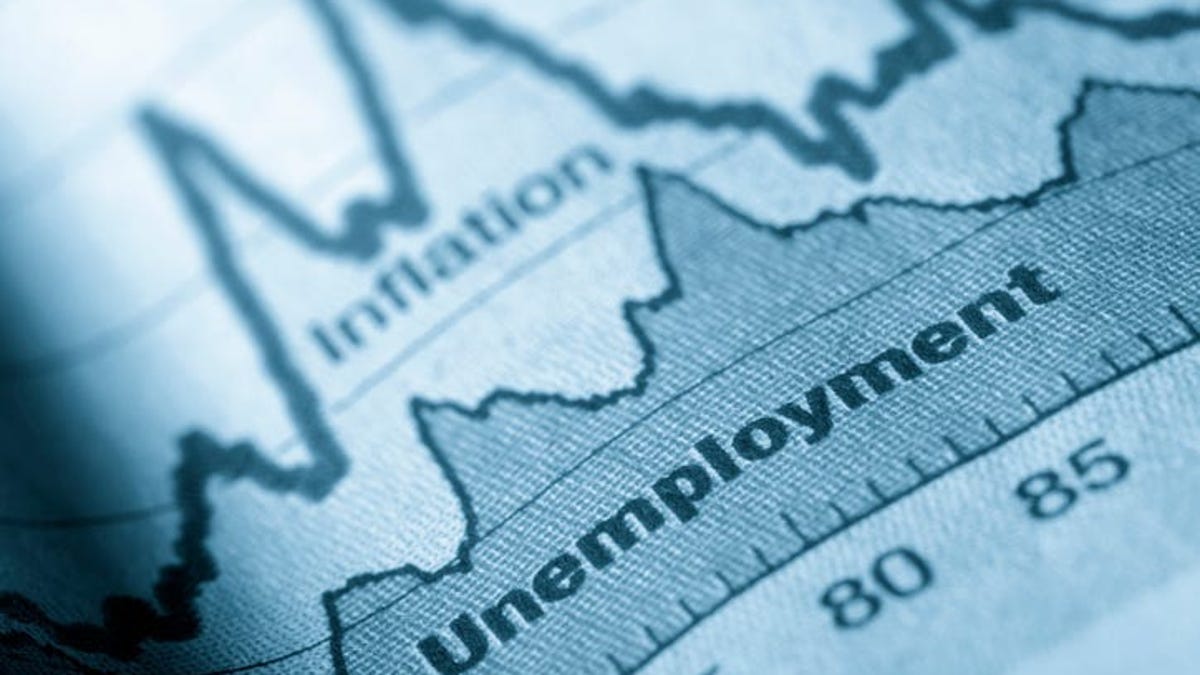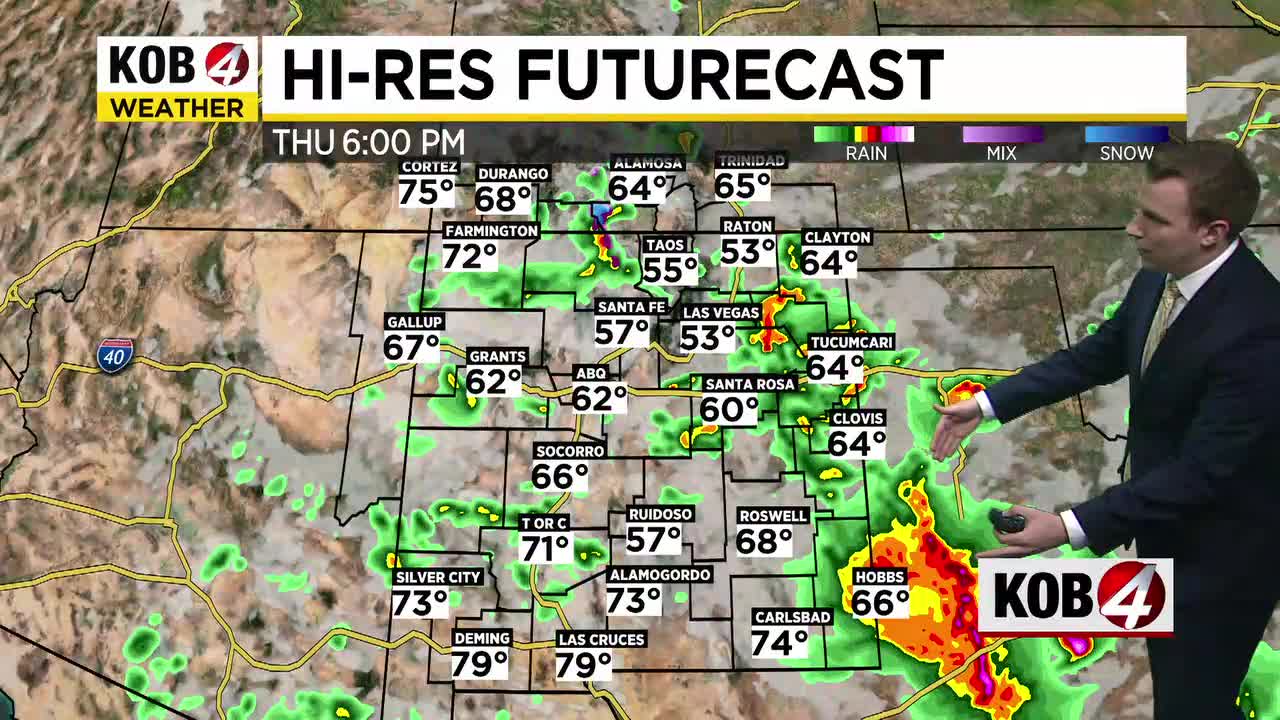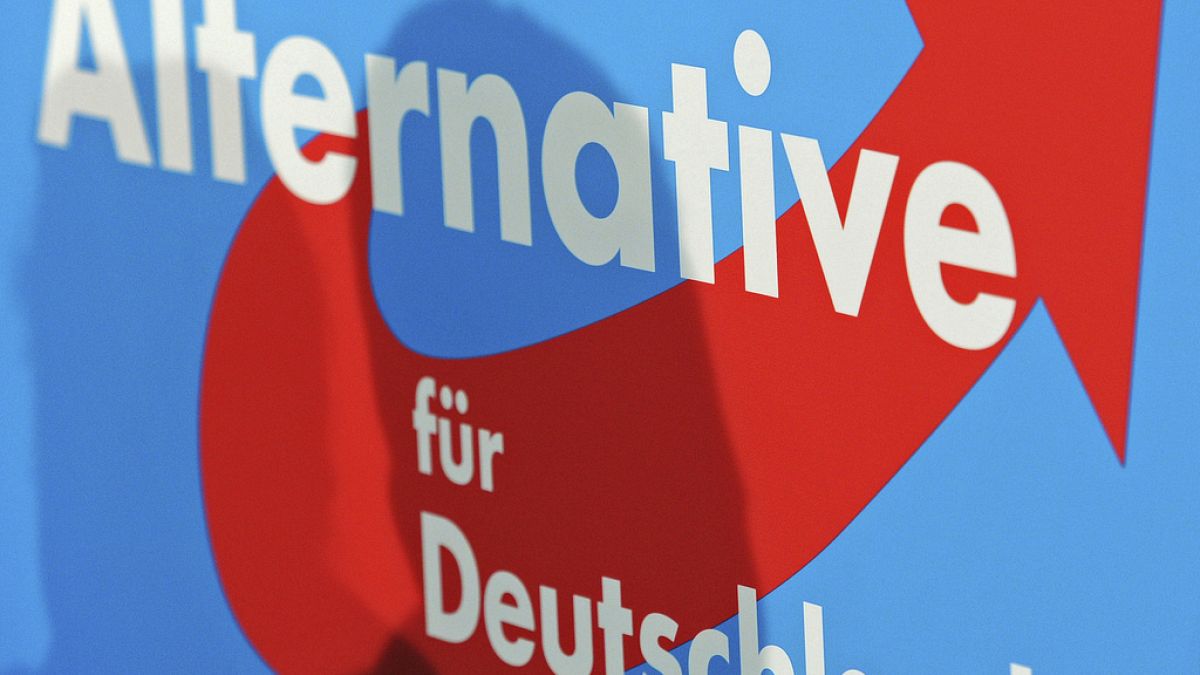EMERGENCY DOCKET
By Amy Howe
on May 15, 2024
at 6:14 pm
The justices ruled on Louisiana’s voting map on Wednesday. (Guyyoung1966 via Wikimedia Commons)
The Supreme Court on Wednesday cleared the way for Louisiana to use a new congressional map, containing two majority-Black districts, in the 2024 elections. In a brief unsigned order the justices blocked a ruling by a federal court that had barred the state from using the new map on the ground that legislators had relied too heavily on race when they drew it earlier this year. The order cited an election doctrine known as the Purcell principle – the idea that courts should not change election rules during the period just before an election because of the confusion that it will cause for voters and the problems that doing so could cause for election officials. The lower court’s order will remain on hold, the court indicated, while an appeal to the Supreme Court moves forward.
Defending the 2024 map, the Louisiana secretary of state had emphasized that the legislature had created the map in the wake of a ruling by another federal court holding that an earlier map, which contained only one majority-Black district, violated the Voting Rights Act.
The court’s three liberal justices dissented from Wednesday’s order. Justices Sonia Sotomayor and Elena Kagan indicated only that they would have denied the requests to put the federal court’s ruling on hold. Justice Ketanji Brown Jackson dissented, explaining that in her view it is too early for Purcell to apply and there was no reason for the Supreme Court to intervene at this stage.
The dispute has its roots in a challenge by Black voters and civil rights groups to the congressional map that the Louisiana legislature drew for the 2022 elections. Although the 2020 census revealed that Black people made up approximately a third of the state’s population, in February 2022, the legislature adopted a plan, known as H.B.1, that created only one (out of six districts) majority-Black district, which stretched northwest from New Orleans to Baton Rouge.
U.S. District Judge Shelly Dick ruled that H.B.1 likely violated the federal Voting Rights Act. The U.S. Court of Appeals for the 5th Circuit rejected a request from the state officials and Republican legislators defending the maps to put the judge’s decision on hold, but the Supreme Court paused the case until it issued its decision in June of last year in a similar challenge to Alabama’s congressional map.
After the Supreme Court sent the case back to the lower courts, the 5th Circuit upheld Dick’s ruling that Louisiana likely violated the Voting Rights Act. The court of appeals gave the legislature until January 2024 to create a new plan.
In January, the legislature adopted – and Louisiana Governor Jeff Landry signed – a new map, known as S.B.8, that contained two majority-Black districts.
Nine days later, a group of 12 white voters went to a different federal court, where they argued that S.B.8 is an unconstitutional racial gerrymander – that is, it sorted voters based primarily on their race.
On April 30, a divided three-judge district court barred the state from using S.B.8 in future elections, holding that legislators had relied too heavily on race in drawing the map. Louisiana’s secretary of state indicated that May 15 would be the last day to adopt a new map for the 2024 elections, but the district court set a schedule that would lead to a new map by June 4.
Both Louisiana Secretary of State Nancy Landry (who is not related to Gov. Jeff Landry) and the Black voters and civil rights groups who had challenged H.B.1 came to the Supreme Court earlier this month, asking the justices to put on hold the district court’s order prohibiting the use of S.B.8, as well as the proceedings to come up with a new map.
Landry told the Supreme Court that race was not the primary factor behind the state’s decision to enact S.B.8. Instead, she wrote, the legislature was motivated by the court orders indicating that the state would likely violate the Voting Rights Act unless two of the six congressional districts were majority Black. Turning those rulings “back on the Legislature would be a wholly unfair game of gotcha that this Court has never endorsed.”
The H.B.1 challengers echoed Landry’s contention, calling the district court’s order barring the state from using the 2024 map an “aggressive incursion on state sovereignty” that leaves the state “trapped between the competing hazards of liability under the Voting Rights Act and the Equal Protection Clause,” which prohibits racial gerrymandering.
The legislature ultimately chose the 2024 map, Landry and the H.B.1 challengers contended, over other proposed versions because S.B.8 achieves the legislature’s political goals – specifically, protecting the districts of Speaker of the House Mike Johnson, Majority Leader Steve Scalise, and Rep. Julia Letlow at the expense of Rep. Garret Graves, who had supported Landry’s opponent.
Landry urged the justices to act by May 15, calling the dispute a “textbook case” for a stay of the lower court’s decision under the Purcell principle. “Even marginally moving that date,” Landry suggested, “will result in chaos down the line as other deadlines are blown and election officials struggle to complete their tasks within further compressed timelines.” Otherwise, Landry told the court, the only map that the state would be able to use “and still avoid election case” is the H.B.1 map.
The voters challenging S.B.8 countered that the district court’s ruling barring the state from using S.B.8 was a “simple and straightforward application of the law to the facts.” The state’s overriding goal in drawing the map was to create two majority-Black districts, they maintained, so that it could avoid additional litigation over H.B.1. The secretary of state’s insistence that the legislature drew the two majority-Black districts to comply with the court orders rings hollow, the S.B.8 challengers argued, because the district court never issued a final ruling on whether “the VRA actually required a second majority-Black district in the State — much less on whether District 6 stretching from the Northwest to Southeast corners of the State could remedy any alleged violation.”
The S.B.8 challengers also pushed back against the suggestion that there was any need for the Supreme Court to put the district court’s order on hold, much less do so quickly. The district court is already slated to issue a new map by June 4, they noted, and the May 15 deadline posited by the secretary of state, they say, “is simply an invention for this litigation”: Both the secretary of state and the state told the Supreme Court last year that the election could go forward as long as a map was in place by late May. Moreover, they added, “despite the State’s oddly shrill and last-minute warnings of chaos, this leaves ample time” to adopt a new map and take the necessary steps “before November’s primary.”
In its brief order, the majority cited the Purcell principle, signaling that it was putting the April 30 decision by the district court on hold because of the looming 2024 elections. But in her dissent, Jackson contended that “Purcell has no role to play here. There is little risk of voter confusion from a new map being imposed this far out from the November election,” she suggested. And she noted that the justices “have often denied stays of redistricting orders issued as close or closer to an election.”
“Rather than wading in now,” Jackson continued, she “would have let the District Court’s remedial process run its course before considering whether our emergency intervention was warranted.”
This article was originally published at Howe on the Court.





